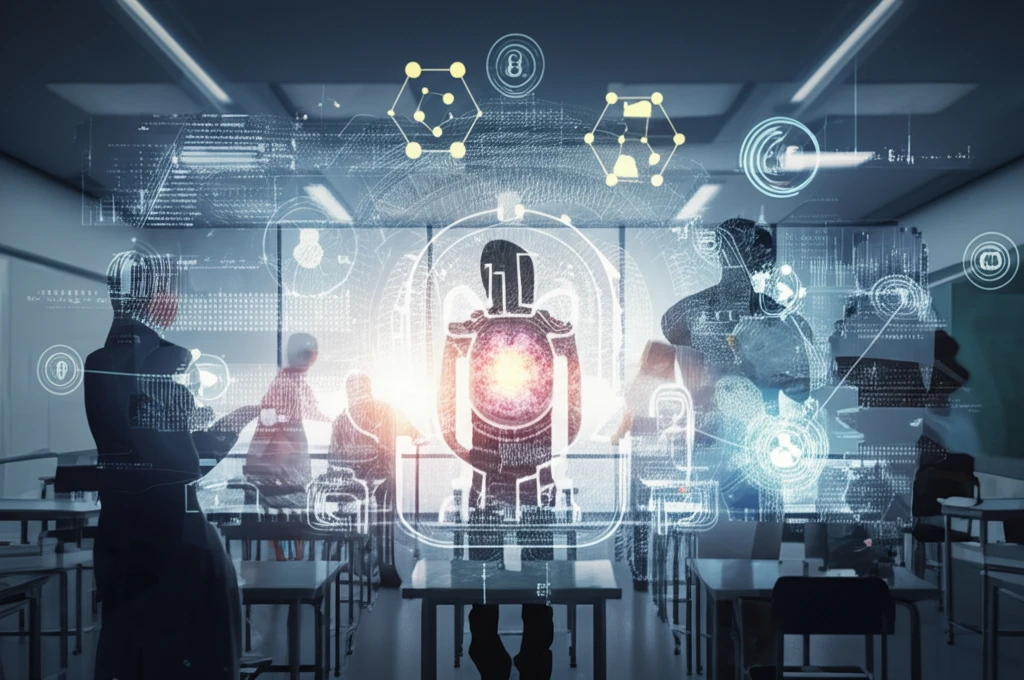
Unlocking Potential: How AI, Data, and Smart Classrooms Can Reshape Education
"From friendship networks to personalized learning: Discover how cutting-edge tech can create optimal educational outcomes for every student."
Imagine a classroom where every student thrives, not just survives. Peer influence significantly shapes behavior, attitudes, and academic performance, especially in elementary and middle school where students are most susceptible. But what if we could harness these peer dynamics to create an environment where everyone reaches their full potential? Groundbreaking research is exploring how to design classroom assignments that maximize educational outcomes, leveraging the power of friendship networks and advanced technology.
Traditional approaches to classroom assignment often overlook the complexities of social connections, treating all students as equally influential. However, a new study uses data from the China Educational Panel Survey (CEPS) to develop a more nuanced approach. By understanding how friendships form and how students influence one another, researchers aim to create classrooms that foster positive peer effects and optimize learning for all.
This innovative approach uses a three-step framework: predicting friendship formation, measuring peer effects, and designing an optimal class assignment policy. By combining neural networks, instrumental variables, and genetic algorithms, this research offers a roadmap for creating more equitable and effective learning environments. Let's delve into how these technologies are transforming the future of education.
Decoding Friendship: How AI Predicts Social Connections

The first step in optimizing classroom dynamics is understanding how friendships form. Instead of relying on traditional methods, researchers developed PeerNN, an interpretable neural network that predicts friendship formation probabilities. PeerNN analyzes student characteristics, such as gender and academic performance, to generate an adjacency-probability matrix, which reflects the likelihood of friendships between students.
- Gender Homophily: Students are more likely to form friendships with those of the same gender.
- Central Nodes: Certain students are more popular and have a wider network of friends.
- Subgroup Dynamics: Different groups of students exhibit varying levels of popularity and influence.
Building a Better Future for Education
This research offers a comprehensive framework for optimizing classroom assignments and extends to other group assignment challenges. By understanding friendship formation, measuring peer effects, and employing AI-driven algorithms, educators can create learning environments that foster equity, maximize student potential, and prepare students for a successful future. The journey to a smarter, more equitable education system is just beginning, and the possibilities are endless.
